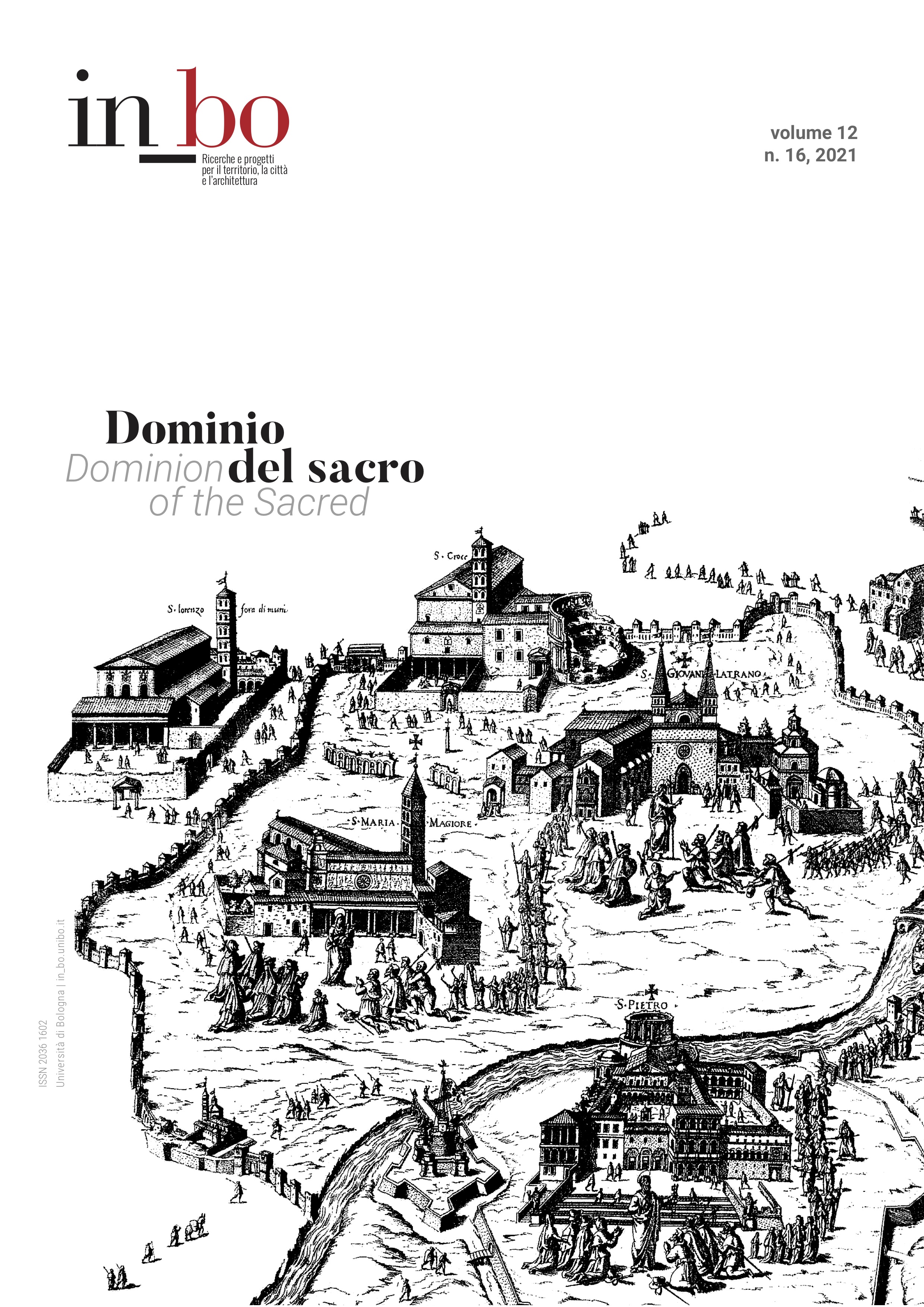The Paradox of the True Portrait: Power and Other Implications in Late-Renaissance City-Views
DOI:
https://doi.org/10.6092/issn.2036-1602/13934Keywords:
bird's-eye view, representation, mentality, city, historyAbstract
The contribution illustrates the paradox between the desire expressed in a generalized way to verare, that is to represent the city in reality, and the result of this reproduction which very often coincides with a view from above. For the times – the late-sixteenth century – such views were rare, if not impossible. This essay investigates the anthropological implications of this conceptual device, which generally refers to the need of dominating the space. The numerous variations in which this occurs, however, pertain not only to the political or administrative sphere, but also to the wide field of knowledge and religious certainties, not by chance put more and more into question by the advance of the Protestant Reformation. It’s thus no coincidence that the bird’s-eye view, full of fascination because it procures vertigo and deludes us to see how God sees, becomes an expressive stratagem in a period of loss of certainties and refounding of knowledge such as the crucial decades of transition between the Renaissance and Baroque.
Downloads
Published
How to Cite
Issue
Section
License
Copyright (c) 2021 Maria Beatrice Bettazzi

This work is licensed under a Creative Commons Attribution-NonCommercial 3.0 Unported License.





